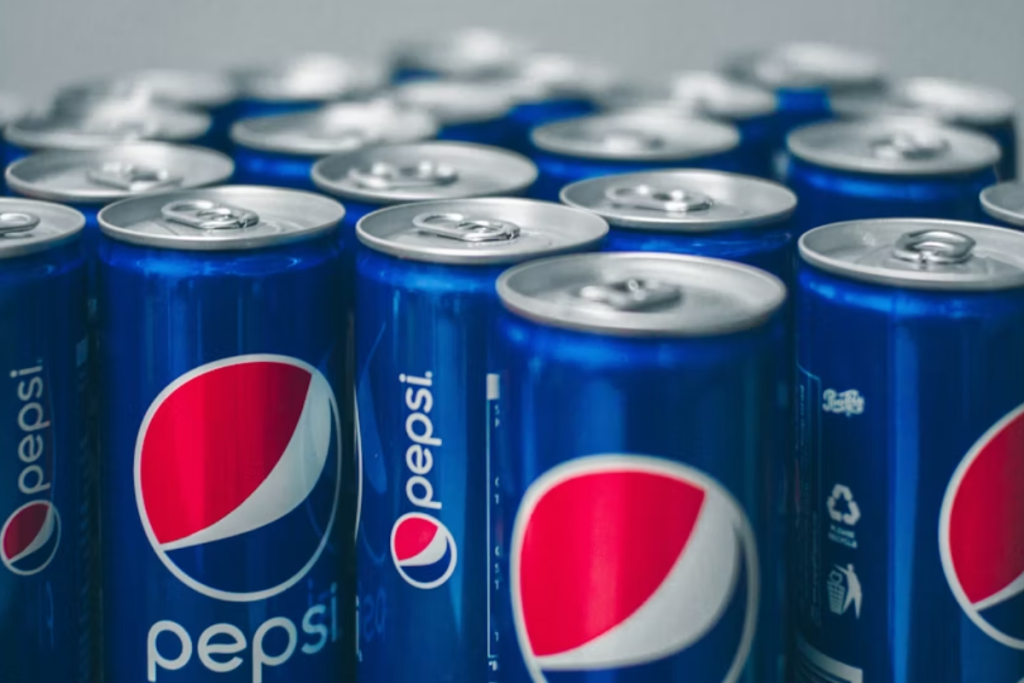By merging its food and beverage networks, PepsiCo is driving productivity, reducing complexity, and creating a single execution model across its biggest market.
In Brief:
• PepsiCo is integrating its $30B beverage and $30B Frito-Lay operations to consolidate manufacturing and distribution
• The company has closed two plants and suspended additional lines to reduce fixed costs and rebalance capacity
• ERP-enabled sourcing and contract reviews are delivering a 70% productivity gain in H2 2025
From Parallel to Unified
PepsiCo is in the middle of its largest North American supply chain overhaul to date, combining its beverage and snack operations into a single, integrated network.
Historically, the company ran its food and beverage businesses as two parallel giants, each with its own plants, logistics, and go-to-market systems. That structure is now being dismantled. CEO Ramon Laguarta said at the company’s Q2 2025 earnings call that the change is rooted in a simple realization: “We have two large businesses, almost $30 billion each, that have been operating a full value chain side by side.”
The company’s recent investment in shared systems and centralized data platforms has made real integration possible. Fulfillment, store delivery, and rural servicing, once duplicated, are now being handled jointly. The goal is to boost reach and frequency while cutting cost-to-serve.
This isn’t about digital transformation in isolation. It’s about reengineering the physical network to unlock new scale advantages across fragmented markets.
Productivity Is Coming From Structural Shifts
The impact is already visible. Two plants have been shut down, and several production lines taken offline to align output with current demand. But the model is built for flexibility: “We can bring those lines back when volume returns,” CFO Jamie Caulfield said.
Workforce adjustments are also underway, but with room for future ramp-ups. Meanwhile, second-half productivity is projected to be 70% higher than in the first half, driven by ERP-powered procurement gains and aggressive third-party contract reviews.
“We’re going after everything,” Caulfield noted. “We’re pushing on every cost lever that is available.” He also confirmed that tariff mitigation strategies are already factored into back-half planning.
The Strategic Challenge: Orchestrating at Scale
The real insight for large-scale operators isn’t the move itself, it’s what makes this move possible. PepsiCo is not integrating two underperforming units; it’s synchronizing two high-revenue machines under a single execution logic. That requires more than shared IT. It demands synchronized workflows, contract harmonization, and real-time alignment across sourcing, fulfillment, and commercial delivery.
For industry leaders managing distributed categories or global brands, this is a decisive model shift. The promise is not just lower cost-to-serve, but dual-channel orchestration that scales. PepsiCo’s North America integration offers a glimpse into how high-capacity, dual-division networks can evolve from coexistence to convergence, without losing agility or growth leverage.




